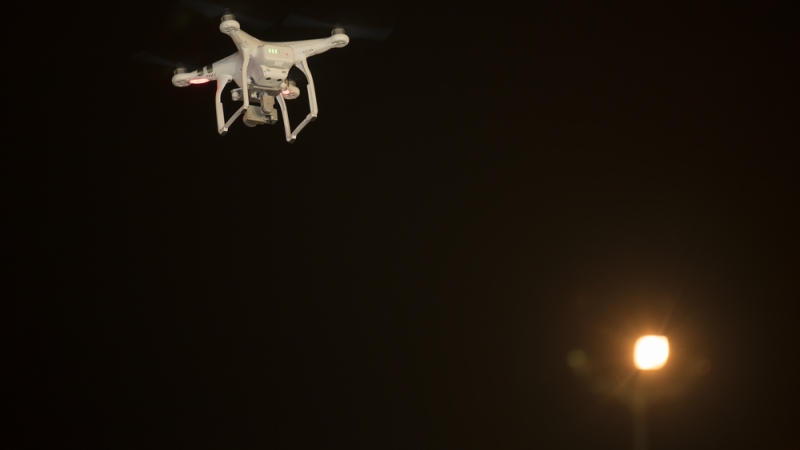
The United States Marine Corps is seeking new technology capable of defending against enemy drone aircraft, according to a request for information (RFI) posted to SAM.gov on Jan. 5.
The drone interceptors that the service branch envisions would be a part of the Marine Air Defense Integrated System (MADIS), an anti-drone system mounted to a tactical vehicle to protect troops. Therefore, the interceptors must be able to integrate into a broader MADIS upgrade that corrects to a host of radar and tactical networks to detect and track incoming threats, according to the RFI.
Additionally, the RFI states that the new interceptors should be capable of blocking drones that weigh between just a few pounds, all the way up to 1,320-pounds. It also indicates that the interceptors should include cybersecurity capabilities to identify any critical cyber sub-components and logistical capabilities for weatherproof transport to support rapid tear down, transportation, and set up.
The RFI is a part of a larger military strategy to counter these new kinds of threats that military strategists predict will be used more frequently in coming conflicts. According to the Department of Defense Counter-Small Unmanned Aircraft Systems Strategy, the increase in small unmanned aircraft systems (sUAS) has created a new risk for national security.
“As technology and the proliferation of sUAS continue to advance at a pace that challenges the Department’s ability to respond effectively within current paradigms, it is evident that … we must re-examine how to counter the growing challenges sUAS present to the Joint Force,” the strategy says.
